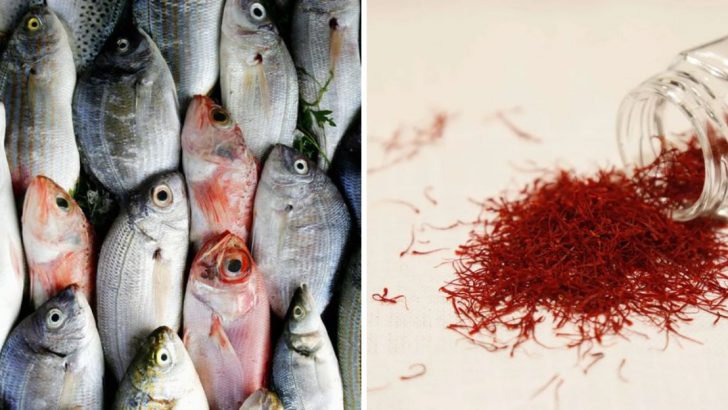Food fraud sounds like something out of a movie, but it’s more common than most people realize.
Whether it’s cheap ingredients in fancy packaging or smart label tricks that blur the truth, what looks like a premium product might be something totally different.
These swaps don’t just waste your money—they can change the taste, cut the quality, or even mess with your health. Knowing what to watch for can turn you into a much savvier shopper.
1. Olive Oil
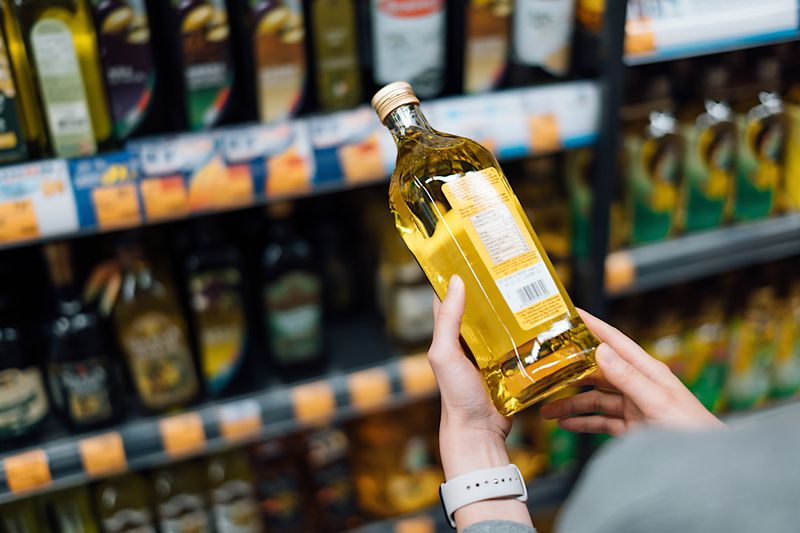
What looks like extra virgin could be diluted with cheaper oils like soybean or sunflower. Some bottles even skip olives altogether and just mimic the flavor with coloring and scent.
True extra virgin should smell grassy and peppery. If it’s too light or tasteless, something’s off.
2. Parmesan Cheese
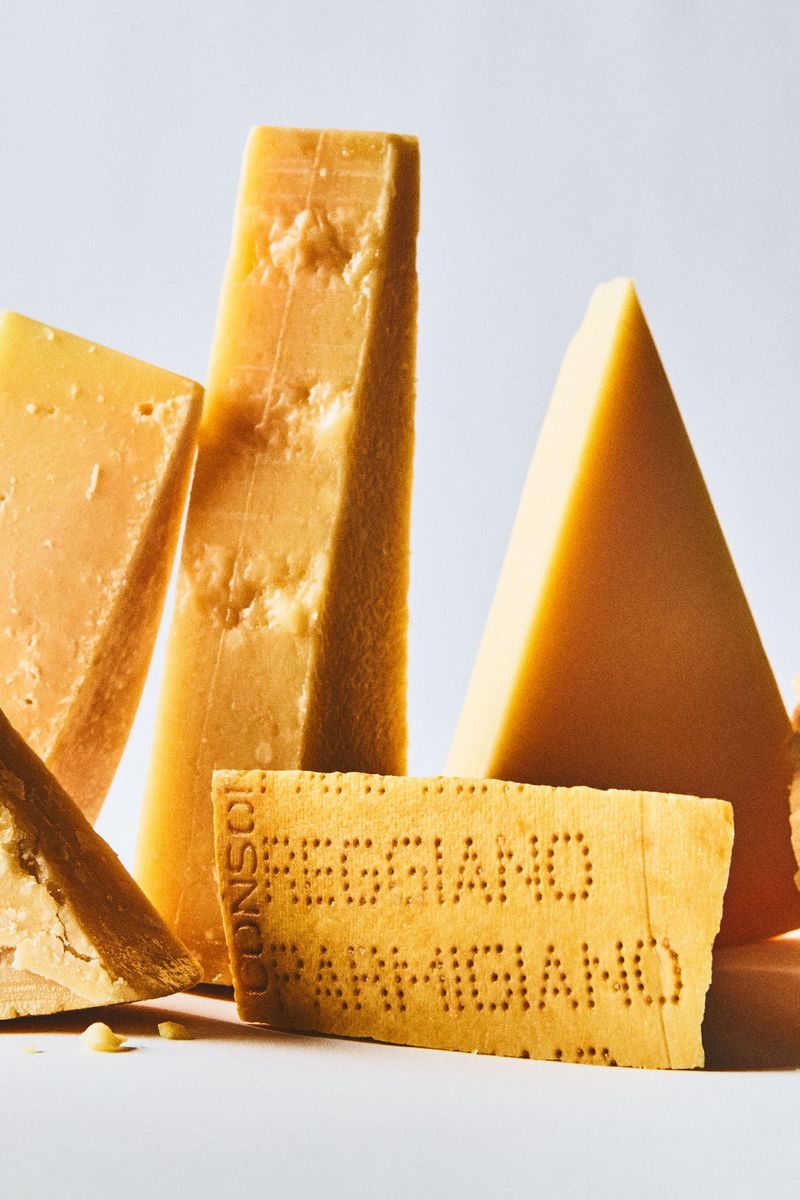
That “100% Parmesan” powder in the green can? It might contain wood pulp (aka cellulose) or even other cheeses.
Real Parmigiano-Reggiano comes from Italy, has a nutty sharpness, and is aged for at least 12 months. Anything else is a shortcut.
3. Honey
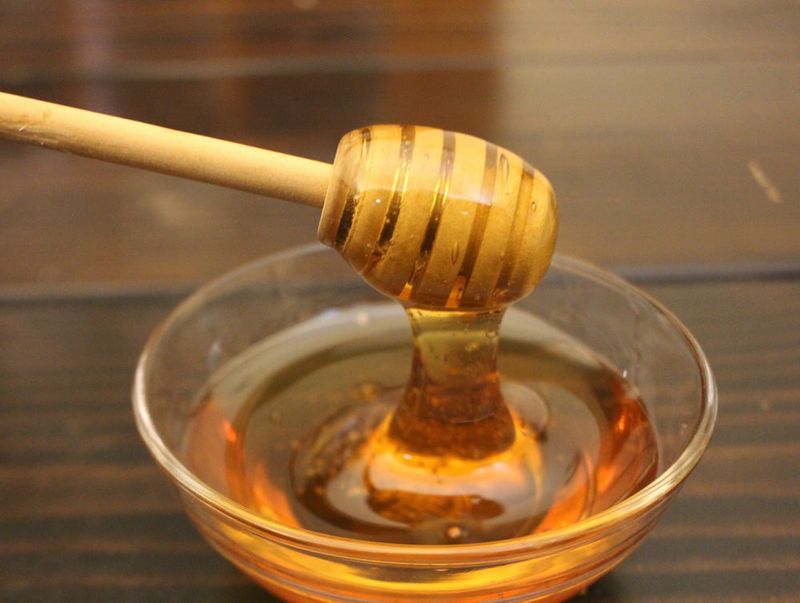
Golden and sweet doesn’t always mean pure. A lot of honey on shelves is cut with sugar syrup or corn syrup to save costs.
Raw honey should crystallize over time and have a floral smell. If it stays too smooth and runny, it’s probably been messed with.
4. Vanilla Extract
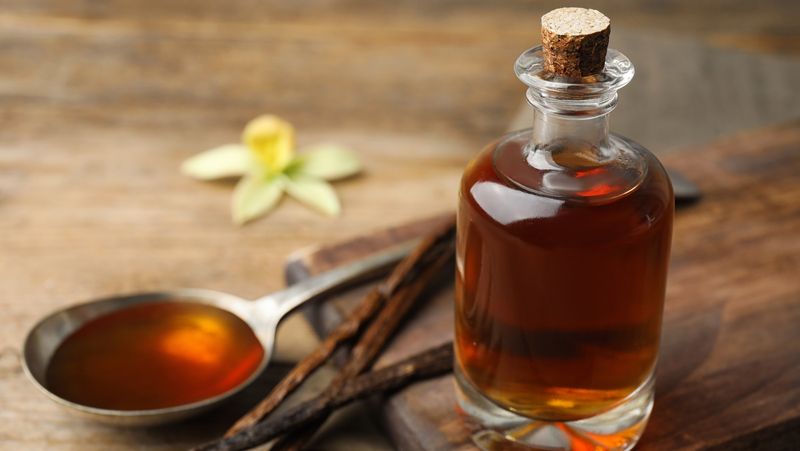
Genuine vanilla comes from orchid pods and is labor-intensive to make—so it’s often faked with synthetic vanillin from wood or petrochemicals.
If the label says “imitation,” it’s not the real thing. Natural vanilla smells complex, warm, and slightly smoky, not one-note sweet.
5. Wasabi
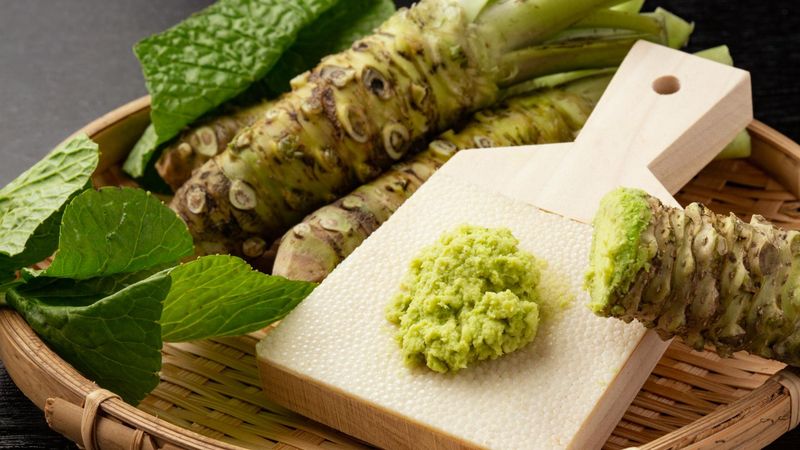
That green paste on your sushi plate is almost never real wasabi. Most of the time, it’s just horseradish, mustard powder, and food dye.
True wasabi root is hard to grow and has a cleaner, cooler heat. You’ll rarely find it outside of Japan—or a very high-end restaurant.
6. Truffle Oil

Luxury in a bottle? Not quite. Most truffle oils don’t contain any real truffles at all—just lab-made flavor compounds.
Real truffles have an earthy, funky depth that’s impossible to fake. If it smells like truffle popcorn, it’s probably synthetic.
7. Fish (Especially White Tuna And Snapper)
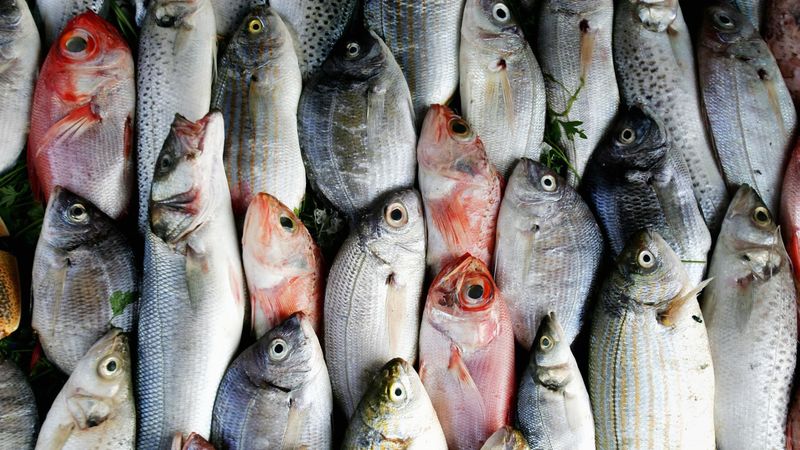
More than half of white tuna and red snapper sold in restaurants isn’t what it claims to be. Cheaper fish like escolar are often used instead.
The flavor and texture are different—and escolar can upset your stomach. Ask questions or stick to places that list the exact species.
8. Kobe Beef
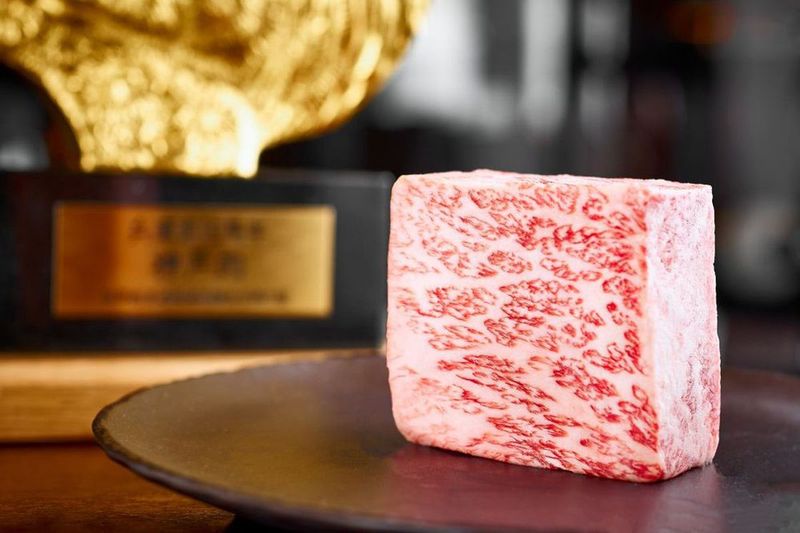
True Kobe beef comes from a specific region in Japan and follows strict guidelines. Most “Kobe” on menus in the U.S. is regular Wagyu or Angus labeled for hype.
Real Kobe is incredibly marbled and melts on your tongue. If it’s just fatty steak, it’s not the real deal.
9. Maple Syrup
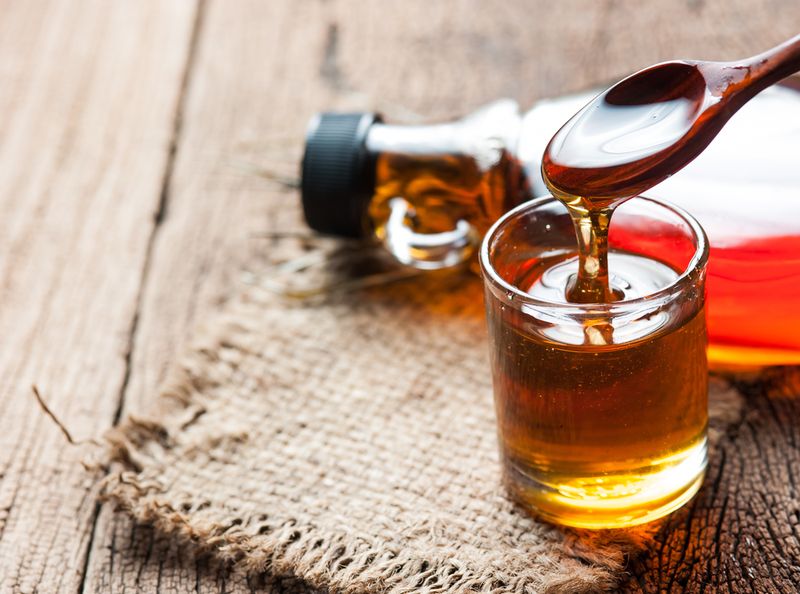
Those thick syrups in pancake aisles are often flavored corn syrup with maple coloring. Real maple syrup is tapped from trees and boiled down into a rich, smoky-sweet liquid.
Check the label for “100% pure maple.” If it lists high-fructose anything, it’s maple-flavored—not maple-made.
10. Balsamic Vinegar

Traditional balsamic comes from Modena and ages for over a decade in wooden barrels. The cheaper stuff? Often caramel color, sugar, and regular vinegar mixed together.
It’s all about price and taste. Real balsamic is thick, dark, and slightly sweet—not sharp or watery.
11. Coffee Beans
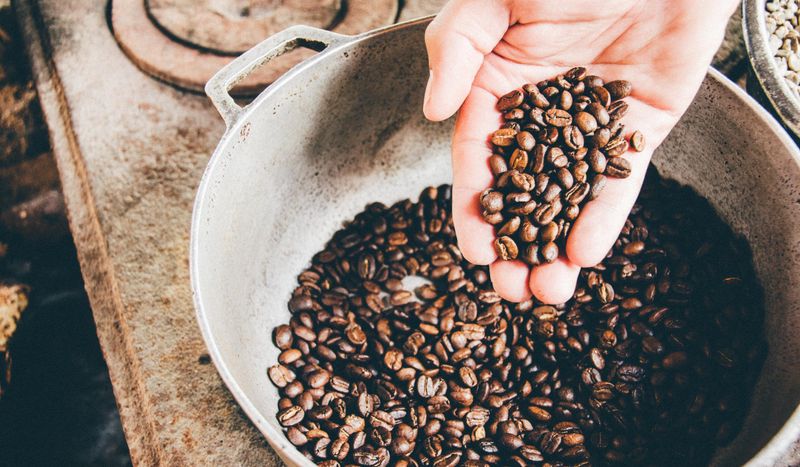
Ground coffee can be stretched with fillers like twigs, soy, or even roasted corn. Poor labeling can also mean you’re getting low-grade beans.
Whole beans from trusted roasters are a safer bet. If it tastes flat or strangely bitter, you might be sipping more than just coffee.
12. Saffron
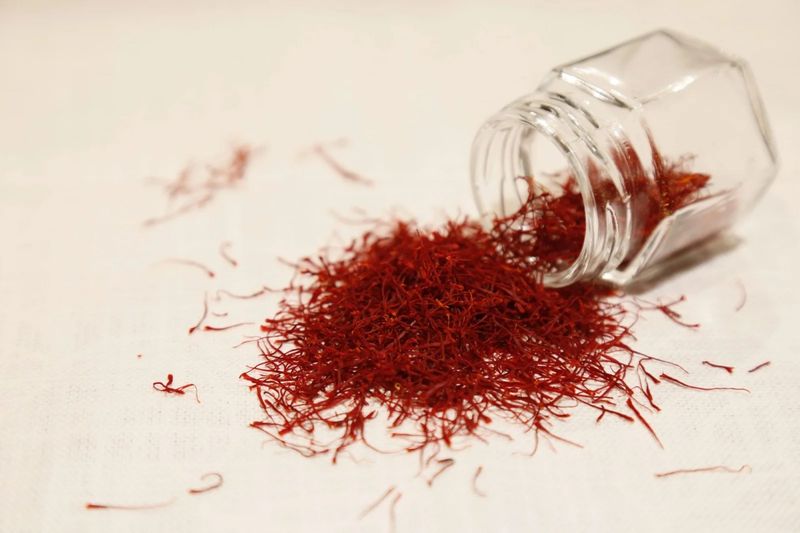
The most expensive spice in the world gets faked often with dyed threads of corn silk or marigold. Some blends even bulk it up with turmeric.
True saffron smells sweet and hay-like with a hint of bitterness. If it’s too bright or cheap, be skeptical.
13. Fruit Juices
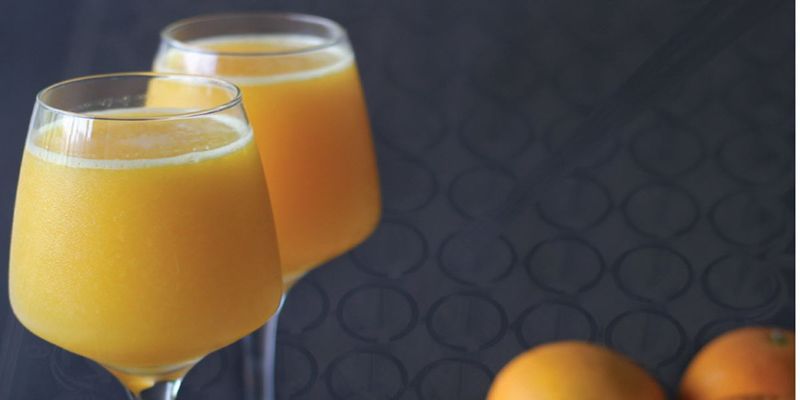
That “100% juice” may be cut with cheaper fruits like apple or pear, even if the label says pomegranate or blueberry. Added flavorings and color can make it seem authentic.
Look for cold-pressed or single-origin options. If the color seems off or it’s too sweet, there’s probably filler.
14. Wine

Some bargain wines use additives to adjust color, sweetness, or aroma. In rare cases, bottles are relabeled with fancier names to bump the price.
Good wine doesn’t have to be expensive—but if something tastes too sugary or syrupy, it may be more chemistry than vineyard.
15. Caviar
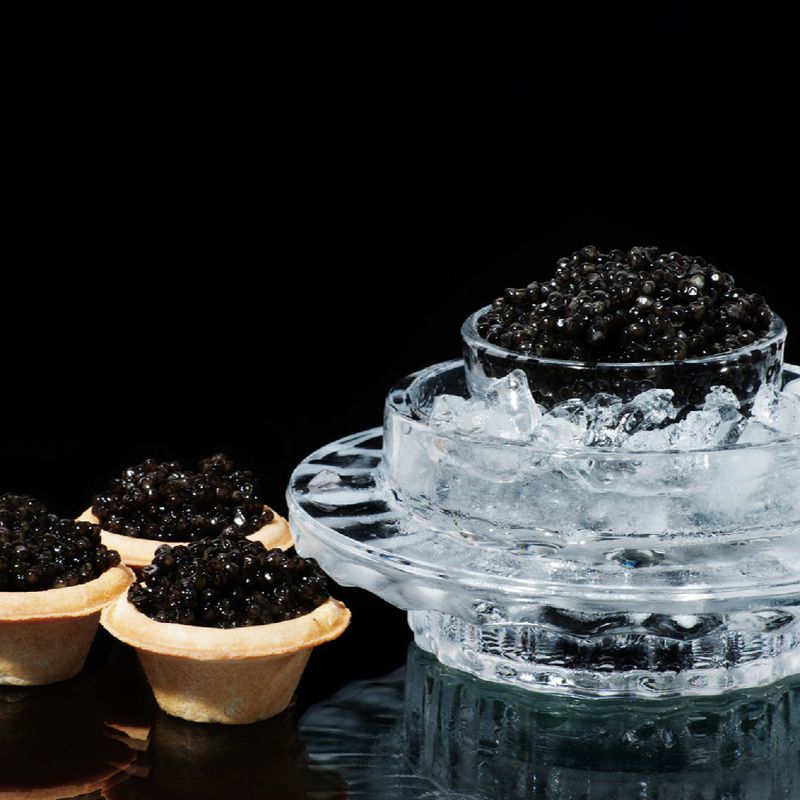
True caviar comes from sturgeon, and it’s rare and expensive. Many cheaper versions are roe from other fish, dyed and salted to resemble the real thing.
The texture gives it away—sturgeon eggs pop gently, not squish. If it’s black but rubbery, it’s an imposter.
16. Milk
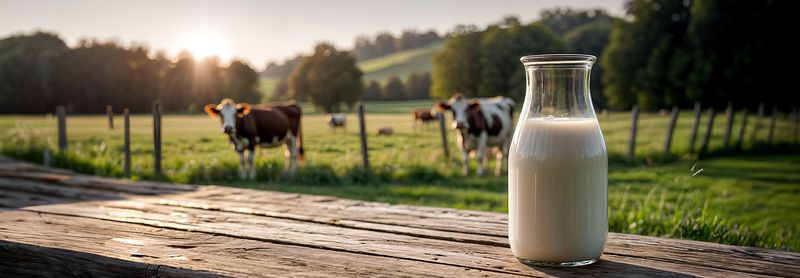
In some areas, milk gets diluted with water or even thickened with unsafe powders to mimic creaminess. This can lead to serious health issues.
Trust sealed, certified brands when possible. Real milk should taste subtly sweet and never chalky or strange.
17. Tea Leaves
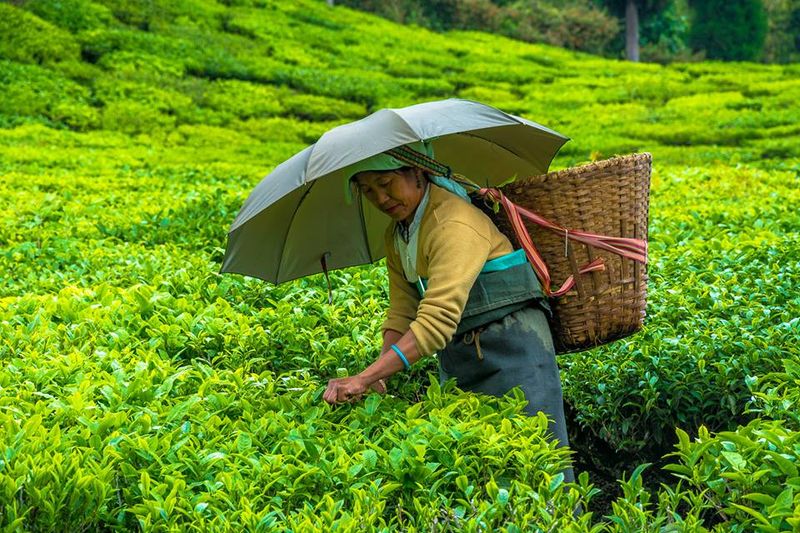
Loose tea sometimes includes leaves from other plants, dust, or added coloring to mimic premium varieties. Tea bags may contain broken, lower-quality bits too.
Good tea smells fresh and brews into a clear, bright liquid. If it’s bitter, murky, or oddly sweet, it might be tampered with.
18. Chocolate
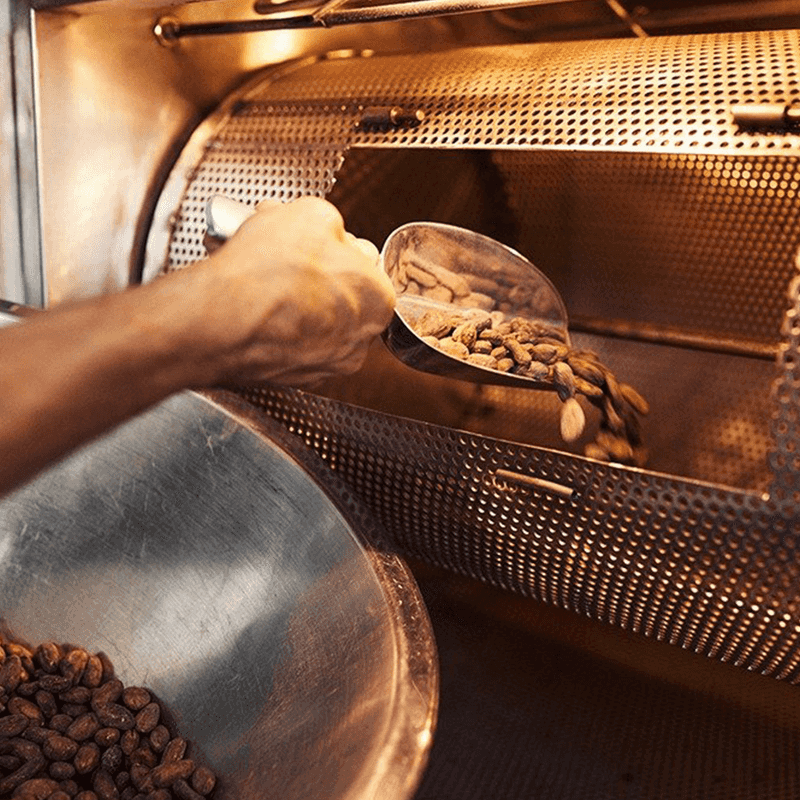
Cheap chocolate often replaces cocoa butter with palm oil and uses vanillin instead of real vanilla. Some bars labeled “dark” barely meet the cocoa content requirement.
Quality chocolate should snap cleanly and melt smoothly. If it feels waxy or leaves a greasy film, it’s more filler than flavor.
19. Spices (Like Turmeric Or Chili Powder)
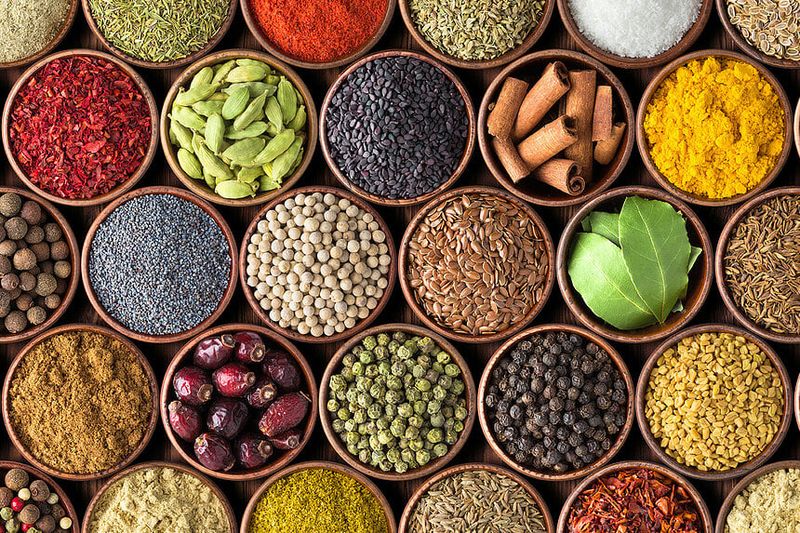
Some powdered spices are stretched with flour, chalk, or even dyed sawdust in extreme cases. Color can be misleading—especially in bright yellow or red spices.
Buy whole spices when possible and grind them yourself. The aroma should be strong, warm, and natural—not chemical or flat.
20. Rice (Especially Basmati And Jasmine)
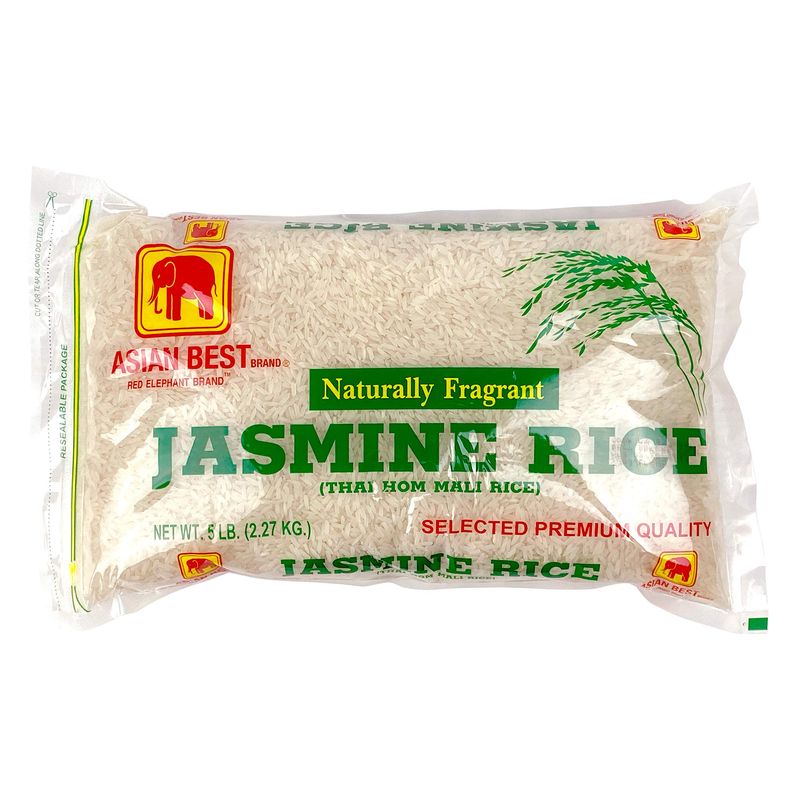
Fragrant rices are often bulked up with broken grains or even plastic-like fillers in rare cases. Some sellers mix in cheaper long-grain rice and still label it premium.
The real stuff smells floral and cooks into long, separate grains. If it turns gummy or has no scent, it’s suspect.

